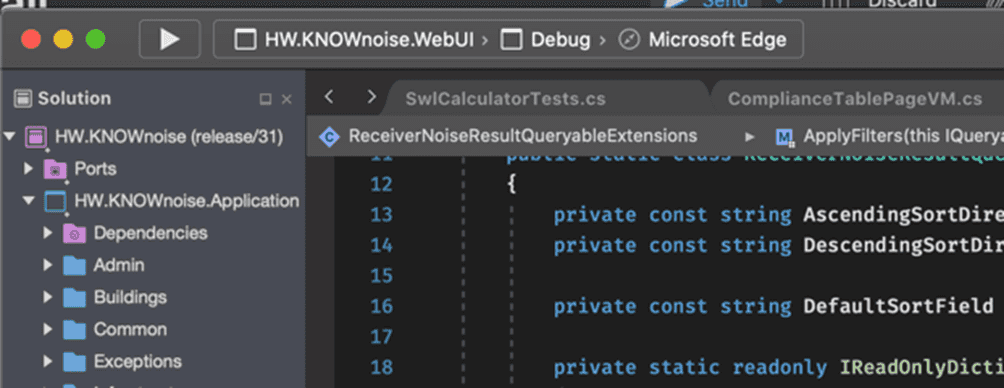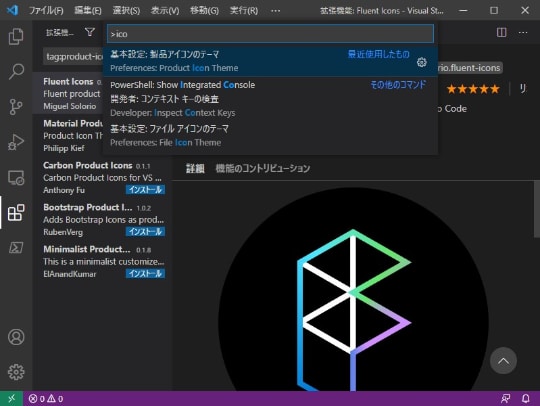

And this is the result:Īs I mentioned using Rosetta terminal for Rust/Solana dev, you can find out more on that config here: That brings up this menu:Īfter setting my default terminal, I closed my previous terminal and started a new one. I first went to Settings in the regular app Preferences: It's slightly trickier because you have to find the correct part of the JSON, load that up, add a comma and append it. You can also change your Visual Studio Code global User settings to do the same. (alternate option) Change VSC User settings You can also identify if you are using Rosetta terminal (or not) with the commandĪfter I closed my VSC terminal and initiated a new one it looks like this: Note: you can change this to zsh (/bin/zsh) or another shell, just change the corresponding values as above. Either way, just add the JSON below.Įnter fullscreen mode Exit fullscreen mode If you already have Workspace preferences it may show some JSON.

Since I am doing some Solana/Rust development currently, I needed Visual Studio Code (VSC) to open the Rosetta terminal by default.

(see links at bottom of article for more on that) As of December 2021, there were some issues, so developers often use a Rosetta terminal which resolves the issues. This is useful for example when developing with Rust and Solana on an Mac with M1 chip. I'll share a few tips on how to set the default terminal in Visual Studio Code. Visual Studio Code is one of the most popular development IDE tools.Ī Rosetta terminal (on MacOS) means you are loading and running the Terminal app using the x86 emulation. "Terminal" is the application on Mac that takes command line input (CLI), and is integrated with Visual Studio Code. Background: "Rosetta" is the name of the Apple Mac application that can emulate x86 architecture even when on an Apple ARM (ie.


 0 kommentar(er)
0 kommentar(er)
